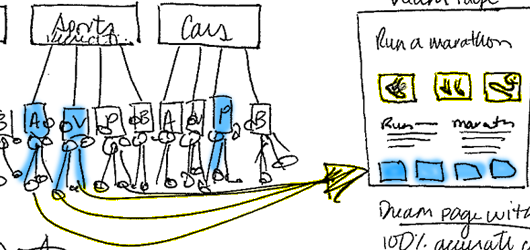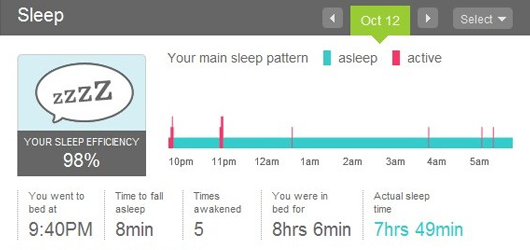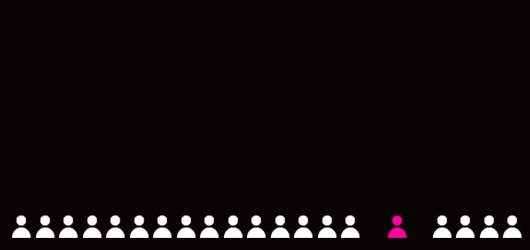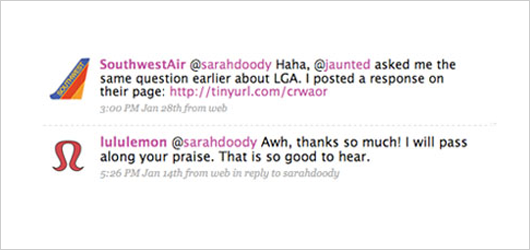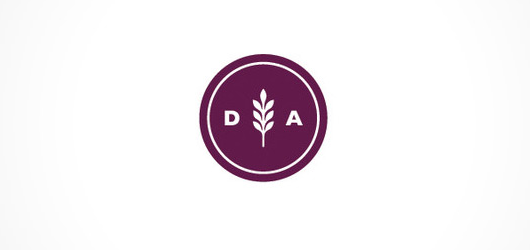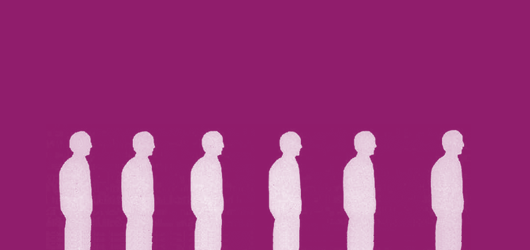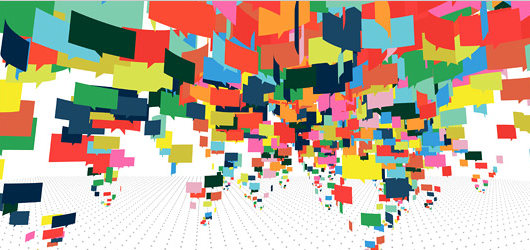The economics of digital technology are launching us into an era where, according to a recent Wall Street Journal article, “passive analysis will be subordinate to active participation”.
Technology is transforming innovation as both the costs and time to innovation are much more accessible to companies who seek change and rapid feedback. Moving away from formal, drawn out, plans and analysis – expect to see more rapid prototyping, agile development, and environments driven by experimentation.
These changes will have great effects on culture as innovation will not just be the focus of a traditional research and development group – but, instead, it should be a central element to a company’s culture. People’s perspectives will be focused less on the future and more into the immediate because they will be able to see the cause and effect of ideas and changes right away, instead of speculated over formal processes and hours in conference rooms.Continue reading
